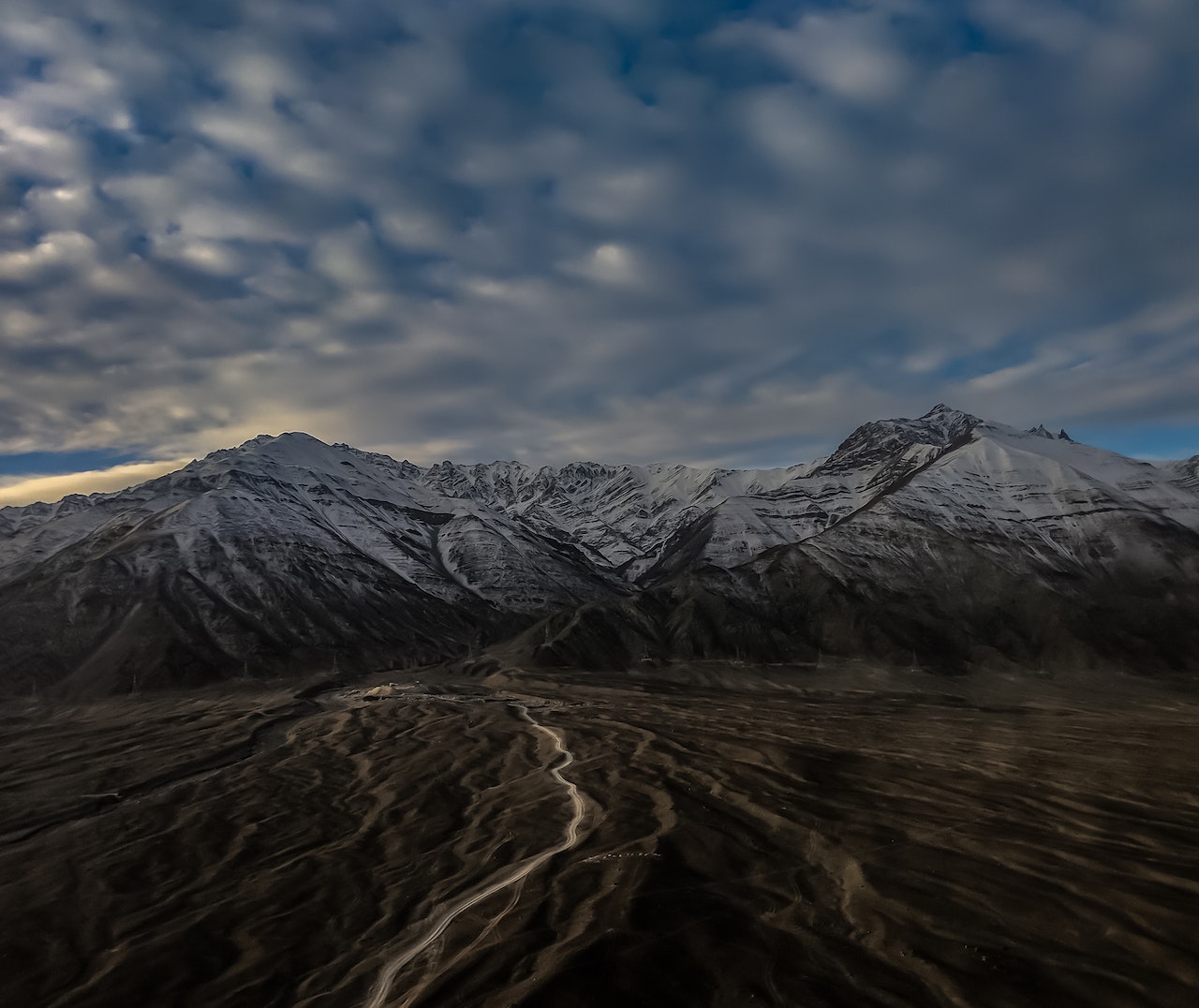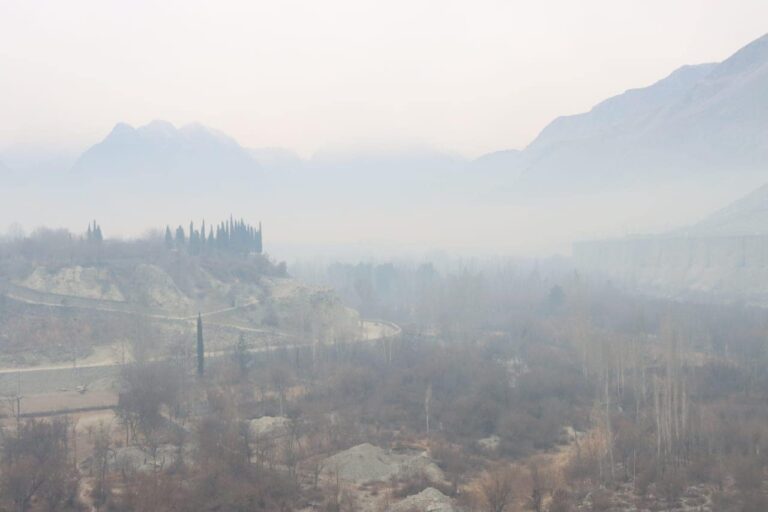“The Earth is not ours. It is a treasure we hold in trust for future generations.”
-Terry Tempest Williams
Introduction:
Glaciers, which are magnificent and breathtaking, are quickly vanishing from our world. These frozen giants’ melting serves as a stark reminder of the dire effects of climate change. In this blog post, we will delve into the top 10 reasons behind glacier melting, providing logical explanations for each. Join us on this journey to understand the urgency of preserving these natural wonders before they vanish forever.
Global warming and Rising Temperatures
The main cause of glacier melting is global warming. The Earth’s average temperature rises as greenhouse gas emissions grow, causing glaciers to retreat at a previously unheard-of rate. There is a net loss of ice mass as a result of the delicate balance between accumulation and ablation being upset.
Deforestation and its Impacts
Forests are being systematically destroyed, which causes glaciers to melt. Trees serve as organic carbon sinks, absorbing CO2 from the atmosphere. Less forest means higher CO2 levels, which amplify the greenhouse effect and hasten glacier retreat.
“The Earth is not ours. It is a treasure we hold in trust for future generations.”
-Terry Tempest Williams
Air Pollution
Glacier soot is a dark layer that forms on glaciers as a result of pollutants that are released into the air as a result of industrial activity. As more sunlight is absorbed by this dense layer, greater surface melting and glacier retreat occur.
Black Carbon Deposits
Glaciers lose some of their albedo—their capacity to reflect sunlight—as a result of black carbon, a consequence of incomplete combustion, which accumulates on them. Glaciers absorb more heat when their albedo is reduced, which causes rapid melting.
“The greatest threat to our planet is the belief that someone else will save it.”
– Robert Swan
Methane Emissions
The release of methane, a potent greenhouse gas, contributes to glacier melting. Permafrost melting, decomposing organic matter, and human activities like farming and fossil fuel extraction all emit methane into the atmosphere.
Glacial Lake Outbursts
There is a serious risk from the development and growth of glacial lakes brought on by glacier melting. These lakes experience catastrophic outbursts that cause disastrous floods downstream when they breach their natural limits.
“Climate change knows no borders. It doesn’t discriminate. It affects us all.”
– Leonardo DiCaprio
Ocean Temperature Rise
The melting of marine-terminating glaciers is a result of warmer water temperatures. The stability of ice shelves is compromised as the ocean absorbs more heat, leading to their collapse and accelerating glacier flow into the sea.
Feedback Loops
The consequences of climate change may be amplified by feedback loops brought on by glacier melting. For instance, as glaciers melt, they reveal the darker surfaces below, increasing the amount of sunlight absorbed and hastening the melting process.
“We do not inherit the Earth from our ancestors; we borrow it from our children.”
– Native American Proverb
Reduced Snowfall
As a result of changing precipitation patterns brought on by warming temperatures, many areas are experiencing less snowfall. A steady snowfall is necessary for glaciers to rebuild their ice bulk. Glaciers lose their principal source of replenishment when there is insufficient precipitation.
Human Activities and Climate Change
The rate of glacier melting has been accelerated by human activities including industrialization, deforestation, and excessive carbon emissions. We must all work together to maintain these natural treasures, minimize our carbon footprint, and use sustainable practices.
Solutions and Practices to Address Glacier Melting and Climate Change:
Mitigate Greenhouse Gas Emissions:
By using renewable energy, conserving energy at home, and encouraging sustainable modes of transportation like walking, cycling, and public transportation, you can lessen your carbon footprint. Encouraging the implementation of tighter emissions rules and the prioritisation of investments in renewable energy.
Support Afforestation and Reforestation Efforts:
Participate in tree-planting campaigns and give organisations that protect and restore forests your support. In addition to reducing glacier melting and mitigating climate change, trees are essential for sequestering carbon dioxide.
Promote Sustainable Practices:
Adopt sustainable lifestyle practices include waste reduction, recycling, and sensible consumption. Encourage others to follow suit and inform them of the effects their daily behavior has on the environment.
Advocate for Climate Action:
Speak up about climate change and support legislation that places a high priority on reducing greenhouse gas emissions, practicing conservation, and protecting the environment. Support groups and projects working to combat climate change.
Reduce Air Pollution
In order to reduce air pollution from traffic and industrial operations, support cleaner technology and legislation. To reduce pollution, use energy-efficient appliances and cars.
Implement Glacier Monitoring and Research:
Encourage scientific investigations and monitoring initiatives that examine glaciers and how they are responding to climate change. Effective mitigation methods and adaption plans can be aided by this understanding.
Preserve and Restore Glacier Ecosystems:
Participate in initiatives to preserve and rebuild the ecosystems that surround glaciers. These ecosystems are essential for preserving the general stability and adaptability of glacier-dependent environments.
Raise Awareness and Education:
Inform your community, both offline and online, on glacier melting and climate change. Inform others of the necessity of maintaining glaciers and the immediacy of addressing climate change.
Support Sustainable Tourism:
Select tour providers that prioritise environmental preservation and reduce their impact on delicate ecosystems if you plan to visit glacier regions.
Engage in Policy and International Cooperation:
Keep abreast of international accords aimed at lowering greenhouse gas emissions and preserving the environment, and be supportive of them. Promote legislation that places a high priority on reducing emissions and preparing for them. The issues brought on by glacier melting and climate change must be addressed collectively, so keep that in mind. We can help to preserve these amazing natural beauties for future generations and build a healthier, more sustainable planet by putting these solutions into practice and embracing sustainable practices.
Conclusion
We are forced to face the urgent truth of climate change as we examine the top 10 causes of glacier melting. We must act immediately since our actions will determine the future of these magnificent ice structures. Let’s work together to spread the word about the negative impacts of climate change, adopt sustainable habits, and push for laws that will safeguard the environment. Together, we can effect change and protect glaciers’ beauty and value for future generations. Keep in mind that the moment is now to take action.




